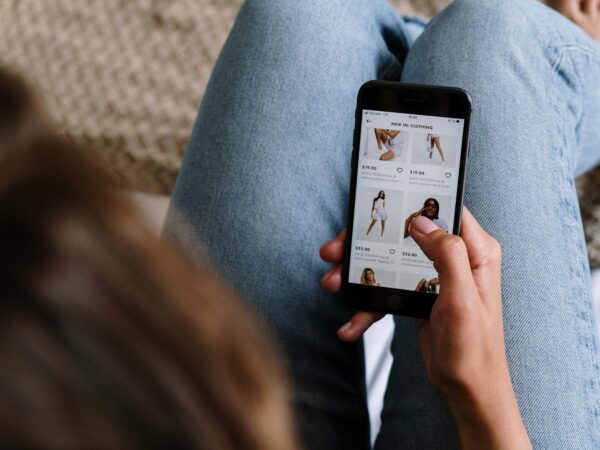Top 10 Tips for Package Design

After all the work you’ve done to get your product just right, you have one final step: making sure the packaging is perfect. The package design will serve as the silent spokesperson for your product as it sits on a shelf or hangs in a display, so it has to look great and function just right.
Package Design Graphics
Make sure the appearance of your packaging sends the right message.
1. Design the package for your brand and your customer.
Think about who you’re selling to and what they’re going to find appealing and attractive. Packaging is a visual representation of what’s inside, so use graphics that are appropriate. Baby products, for example, would have an entirely different look than high-tech electronics.
2. Sell and tell with the right wording.
The phrasing on your packaging should tell potential customers what the product is and why they’d want to buy it. That said, keep it simple. Don’t overwhelm the package with too much text or too busy a design. You literally have seconds to catch someone’s attention. Don’t waste them!
3. Choose your colors and fonts carefully.
You want the package to be eye-catching but not garish or gaudy. The colors should complement and enhance the product, not fight or contrast with it. Choose a typeface that is distinctive but still readable, one that works with the product’s logo. Consider thinking ahead and planning graphics that can work with several different items in a product line.
4. Be honest.
What’s represented on the outside of the package should match what’s inside, or you’ll lose customers. You want the graphics to be appealing, of course, but you have to be able to deliver the goods and match your buyers’ expectations when they open the package.
5. Make sure your design works everywhere.
While the primary purpose of your packaging may be to stand out on store shelves, it also has to photograph well if you’re selling online. Your package design may be reproduced in a newspaper or magazine ad. You may use elements of the design on signage and promotional apparel, and your packaging needs to look good on computer screens and mobile devices. Design with multiple uses in mind.
Package Design Engineering
The best-looking design in the world won’t help much if the package itself doesn’t do the job.
6. Fit the package to the product.
Make it practical in terms of shape, size, functionality, and materials. Make sure it’s durable, easy to open, and easy to carry. If the product is heavy, consider handles or another way a consumer can pick it up more easily. If it’s a high-end item, consumers will expect the packaging to reflect that.
7. Make the package user-friendly.
Make it easy to open. Think about how the item will be used before starting on the package design. If your product pours, give the package a spout. If the item isn’t single-use, then make sure the package is easy to reseal. The upside-down Heinz ketchup bottle is a textbook example of well-designed product packaging.
8. Consider the environment and be eco-friendly.
Many consumers are turned off by the castoffs that result from over-packaging. Bigger is not always better, so skip the extra layers of bags, boxes, and plastic. Design a package that protects the product without excessive waste.
9. Preserve and protect.
Safety is paramount, especially for food products. The Food and Drug Administration has strict regulations for packaging to enhance safety and prevent tampering. The product needs to be packaged to travel well and stay fresh. Your packaging also needs to keep your product intact during shipping to stores and consumers.
10. Make it stackable and stock-able.
A retailer might need to be able to stack your item on a shelf or in their storeroom or warehouse, so oddly-shaped packages can be tricky. Think about how the product will be displayed, and design accordingly.











